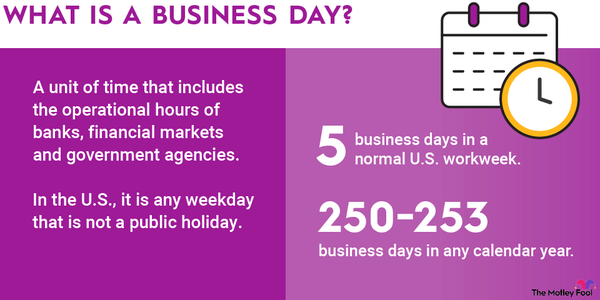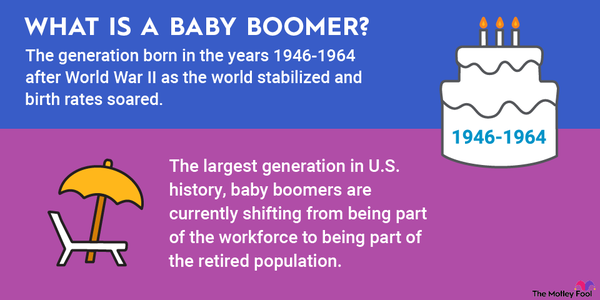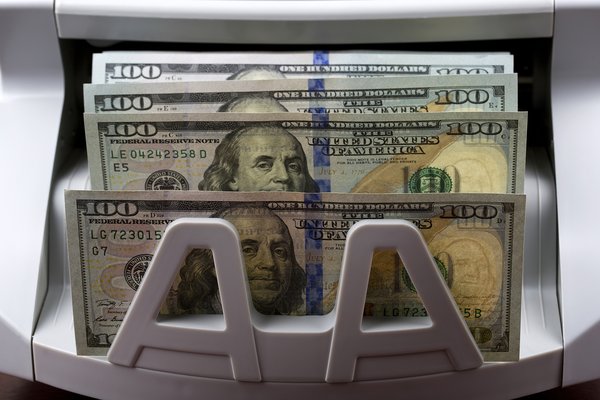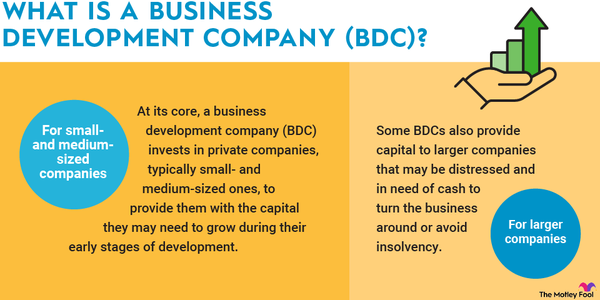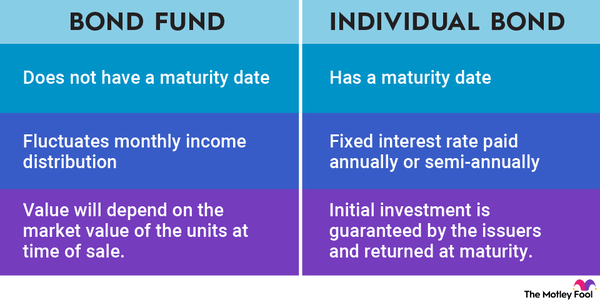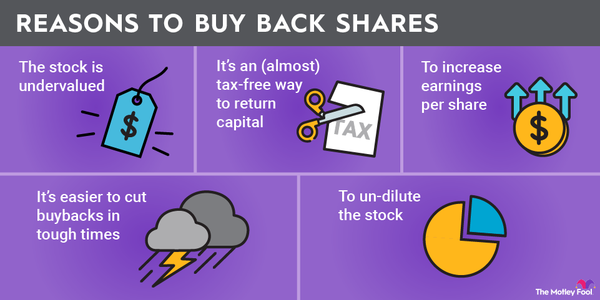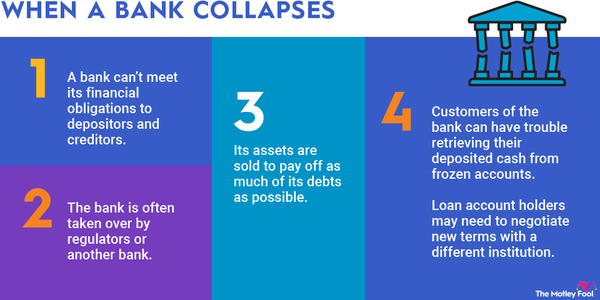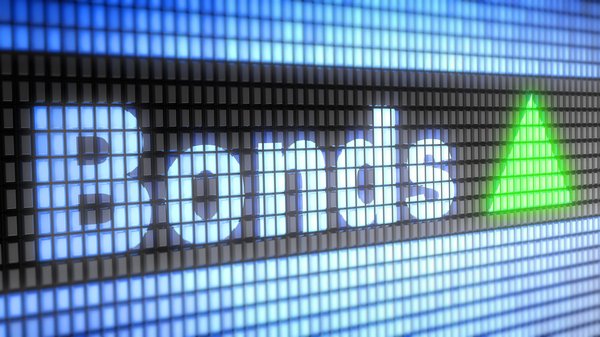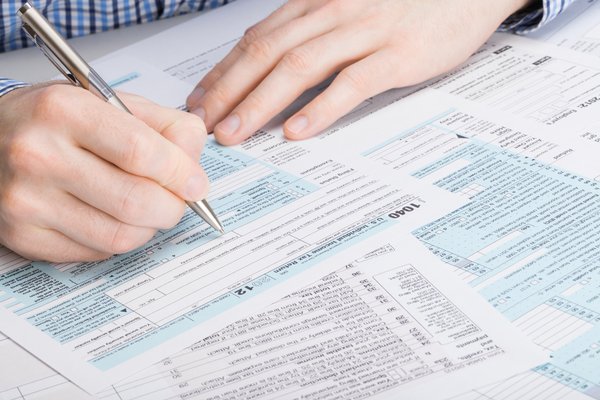Bank failures can be catastrophic. That's why bank stress tests are performed regularly. If you're wondering how bank stress tests work, read on to learn more.

Definition
What is a bank stress test?
A bank stress test is a test that's performed on a regular basis to see how well a bank can respond in a crisis. Bank stress tests are done using computer modeling based on particular scenarios.
The requirements for what types and sizes of banks must be stress-tested vary based on the bank's regulators, but in the United States, banks with $50 billion or more in assets must undergo stress tests at regular intervals. The results are then published so that both bank customers, who trust their bank with considerable funds, and bank investors can decide if they want to continue to do business with the bank.
Why stress-test a bank?
Why stress-test a bank?
Before the Great Recession, banks were not regularly stress-tested in the United States. This resulted in a concept commonly called "too big to fail," which basically meant that if the bank collapsed, it could take the economy down with it. Since that time, bank stress testing has become common as a way to plan for potentially unforeseeable risks, like what happened with the 2020 coronavirus pandemic.
Although bank stress testing continues to evolve, it is a solid way to determine if banks can handle major crises. The bank collapses that occurred in early 2023 could have spiraled into a much bigger problem if stress testing wasn't commonplace. Instead, stress testing helped to prevent a great deal more collateral damage.
Types
What are the types of stress tests?
There are two main types of stress tests currently in use in the American banking industry. The test a bank takes is generally based on the size of the bank's assets. The more assets, the more testing is required and the more vigorous it becomes. Here are the two tests:
Comprehensive Capital Analysis and Review (CCAR)
The Comprehensive Capital Analysis and Review (CCAR) testing is for banks with more than $100 billion in assets. It's essentially a review of the bank on paper, with a quantitative and qualitative component. The goal is to see if the bank has sufficient capital to continue operations through a crisis and whether its capital planning process can ensure income despite its specific risk factors.
Dodd-Frank Act Stress Test (DFAST)
The Dodd-Frank Act Stress Test (DFAST) applies to banks with over $250 billion in assets. In this test, the Federal Reserve provides banks with specific economic baseline scenarios that change yearly, along with some very grim potential scenarios that could occur. These are not predictive in any way but are meant to test the absolute limits of what a bank could handle. The Federal Reserve then sets the bank's capital requirements based on how they perform.
Related investing topics
What if it fails?
What happens if a bank fails a stress test?
Some banks pass their stress tests with flying colors, and they go on their merry way until the next stress test. Others, however, don't do as well, and that can be a problem for the bank. If a bank is borderline passing, it may get a conditional pass, which is like a warning to the bank that it came very close to failing. These banks are encouraged to increase their reserves and are required to submit a plan of action to help them pass in the future.
If a bank fails entirely, regulations require that they cut their dividends and share buybacks to help increase capital reserves. They also must share their results with the public, including their investors and customers.













